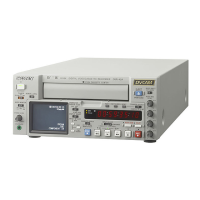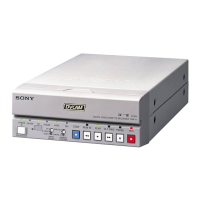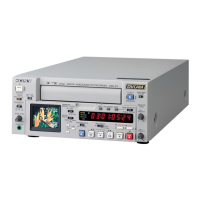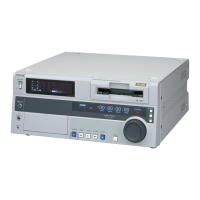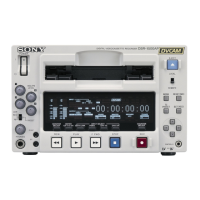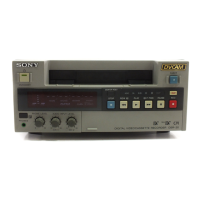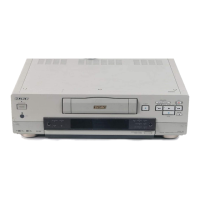What to do if the tape transport control buttons don't work on my Sony VCR?
- MMargaret DanielsAug 15, 2025
If the PLAY, F FWD, REW, etc. buttons are not working, it could be due to two reasons. First, check if the REMOTE/LOCAL switch is set to REMOTE and setup menu item 006 is set to ST&EJ or DIS. If so, set the REMOTE/LOCAL switch to LOCAL and setup menu item 006 to ENA. Second, ensure a cassette is loaded. If not, insert a cassette.


